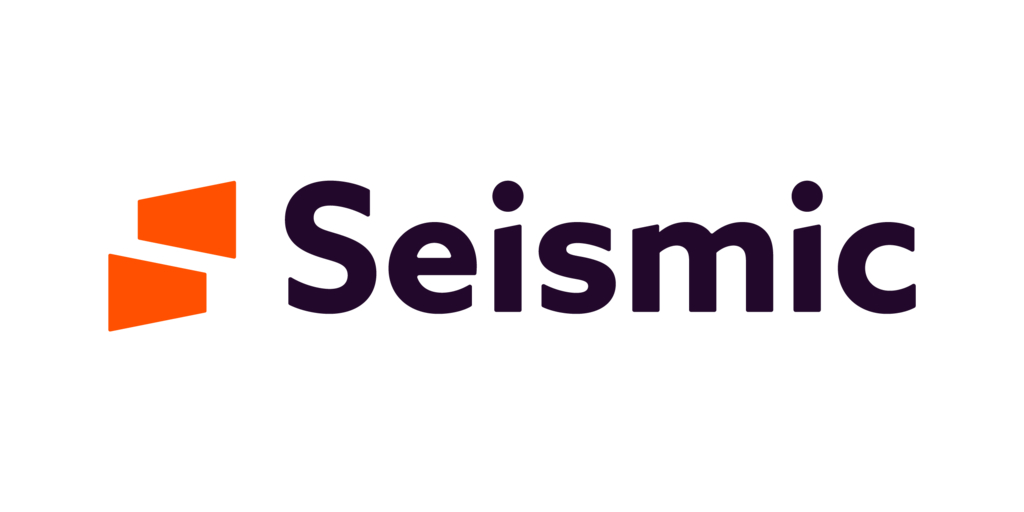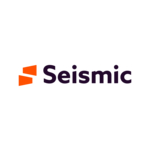New research reveals 85% of Australian enablement technology users say it gives their team a competitive advantage
SYDNEY–(BUSINESS WIRE)–Seismic, the global leader in enablement, today released the findings of its new Generation Enablement Report: The Rise of Enablement’s Influence. More than 300 Australian business leaders were surveyed to understand their enablement strategies, challenges, and go-to-market (GTM) processes. The survey explores how attitudes and actions vary across Baby Boomers, Generation X, Millennials, and Generation Z. And while opinions differ on adoption, use, and effectiveness, one thing is clear: enablement’s influence is growing worldwide, and so is that of its leaders.
According to the report, 86% of enablement technology users say that the desire for strategic, effective enablement has increased over the last three to five years. And it’s no wonder why: 86% agree the technology is integral to weathering difficult economic times. Not to mention, 85% of enablement technology users say it gives their team a competitive advantage, and 82% say it enhances their job satisfaction.
Despite these benefits, sentiment toward adopting new technologies varies by generation. In particular:
- Generation Z: These employees are the most open to new technologies, with 96% of Australian respondents reporting no difficulty with adoption from members of Gen Z on their team. Yet, they also responded with the lowest enthusiasm towards artificial intelligence (AI). When asked about their organization’s likelihood to invest more in enablement due to the promise of AI, only 85% of Gen Z said yes. While this is a healthy majority, it is noticeably lower than other generations.
- Millennials: Closely following their Gen Z counterparts, Millennials are also perceived as quick to adopt new technologies with only 12% of respondents reporting difficulties with Millennials utilising new tools. However, Millennials are much more optimistic about AI in the workplace, with 82% viewing AI as a virtual partner to them and 92% increasing their enablement spend due to the promise of AI.
- Generation X: Despite being seasoned professionals, Gen X encounters technology adoption challenges with 65% of survey respondents noting Gen X has “some resistance” to new technology. More than other generations, Gen X leverages enablement analytics to make data-driven decisions.
- Baby Boomers: It’s not surprising that 83% of Australian respondents reported that Boomers have resistance to new technology and struggle the most to implement enablement technology within their teams. Despite this, Baby Boomers are increasingly recognizing the importance of enablement tech – 63% expressed a preference for companies utilizing enablement tech, and 85% said it increased their job satisfaction.
“In an era defined by rapid technological advancement and evolving workplace dynamics, the demand for enablement continues to skyrocket,” said Paige O’Neill, Chief Marketing Officer, Seismic. “No matter the generation, it is clear enablement holds the keys to the most significant challenges we see today: engaging customers, scaling GTM teams, adopting new tech, improving productivity, and integrating AI-powered workflows. Moreover, the data in our latest report shows that enablement helps bring people together and is crucial for fostering an agile, innovative workforce.”
The report also indicates that enablement continues to explode in usage and investment, with the majority (73%) of Australian respondents using enablement technology at work – though Australia reported the second-lowest usage compared to respondents in the United States, the United Kingdom, and France, with Germany at 71%. While sales and marketing teams rely more on enablement tech compared to other departments, with usage at 65% and 55% respectively, this technology is no longer reserved only for those teams – nearly all (95%) surveyed Australian companies using enablement tech have deployed it across multiple departments. This trend is expected to intensify in the coming years, as 72% of respondents plan to allocate additional funds to expand enablement programs and functions, while 57% aim to implement enablement tools in additional departments.
“Technology, enablement or otherwise, is only as good as its adoption,” said Patricia Peral, Senior Director of GTM Enablement, Beeline. “As enablement leaders, one of our core responsibilities is to ensure that those who we expect to benefit from any new technology understand both how to use it, and the value of using it – no matter their generation. Additionally, we must ensure that we enable on tools not only at launch, but continuously, as people learn and adopt at different times in their journey.”
To learn more about the defining characteristics of Generation Enablement and dive deeper into regional and generational differences, visit the Seismic Blog or download the full report here.
METHODOLOGY
Seismic conducted the Generation Enablement survey online between February 22, 2024, and March 11, 2024. It reflects the opinions of 319 full-time employees in a sales, enablement, or customer success role at the management level or above in Australia, including 13% of those who have the title of VP of Sales, VP of Marketing, Chief Revenue Officer, Chief Sales Officer, or Chief Marketing Officer. The research was conducted at 95% confidence with a +/- 4% margin of error.
About Seismic
Seismic is the global leader in enablement, helping organizations engage customers, enable teams, and ignite revenue growth. The Seismic Enablement CloudTM is the most powerful, unified enablement platform that equips customer-facing teams with the right skills, content, tools, and insights to grow and win. From the world’s largest enterprises to startups and small businesses, more than 2,000 organizations around the globe trust Seismic for their enablement needs. Seismic is headquartered in San Diego with offices across North America, Europe, and Australia.
To learn more, visit Seismic.com and follow us on LinkedIn, X (formerly Twitter), and Instagram.
Contacts
Natalie Beaulieu
Communications Director, Seismic
[email protected]








